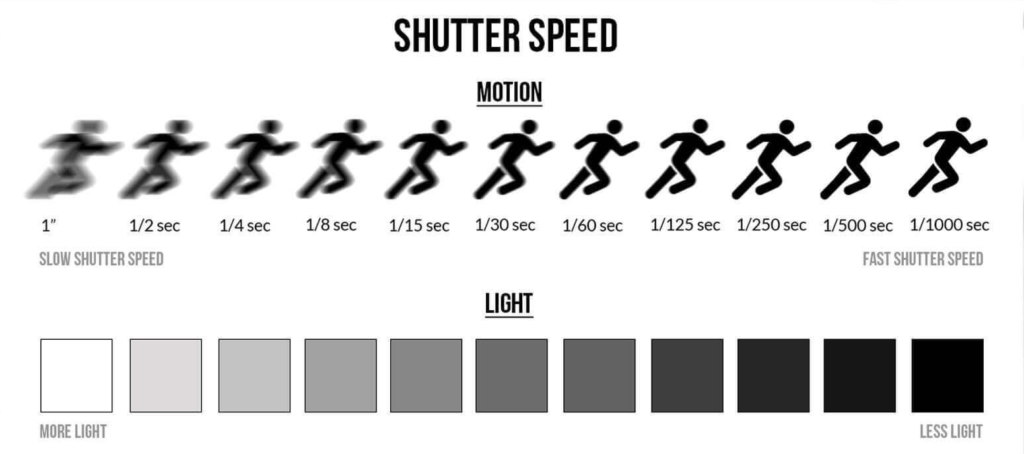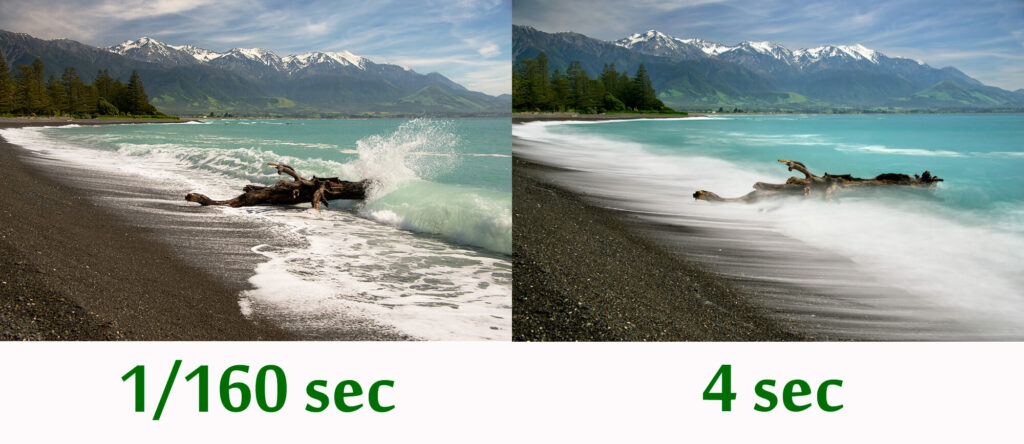What is Shutter Speed?

Definition
Shutter speed is when the shutter opens at the shutter release, and your sensor is exposed to light. To use the window metaphor: It is when you open the window.
The choice of Shutter Speed depends on your subject (fast or slow), the focal length you use, and your stability (tripod or handheld). Choose a faster one(ex. 1/125s instead of 1/25s) to prevent camera shake or subject motion blur.
On your camera?
This speed is expressed in seconds and more commonly in fractions of a second: 1/125s, 1/3200s, etc… The higher the rate, the less time you open the window and the less light you let in. So, you will let in more light at 1/125s than at 1/3200s.
Modern cameras generally allow you to use breakneck speeds (1/4000th or 1/8000th of a second), prolonged speeds (30 seconds or more, for long exposures), and of course, all the traditional speeds in between.

How to set the Shutter Speed?
You change it when turning the dial in Manual mode (M) or Shutter Speed Priority Mode (S). It’s not more complicated than that.
Changing this speed affects the exposure, and you must compensate with the aperture or ISO. So, I don’t recommend using those modes until you understand all the ins and outs of direction, or at least the basics (ISO, Shooting Mode articles!)
In “S” Mode, your priority is to set the Shutter Speed only, and the camera does the rest., It takes care of the Aperture and ISO (if you have left the auto ISO option).
It is a great tool that offers immense creative possibilities. You can play with movement and leave a different impression on the viewer using fast or slow ones.
A fast one is often helpful in wildlife photography when the action happens at full speed. For example, if you want to freeze the movement of a bird in flight or an animal in full flight.
A slow one works well for photographing landscapes with water. Experiment with a waterfall, a river, the movement of waves on the seashore, etc. The effect is usually guaranteed!
© Guillaume Buffone, all rights reserved